Intro to Focusing
Focusing is a simple psychosomatic self-integration tool that anyone can learn to use. It is similar to Somatic Experiencing and some aspects of EMDR (Eye Movement Desensitization and Reprocessing). It involves holding an open, non-judgmental attention to an internal knowing which is directly experienced but is not yet conscious.
Focusing can, among other things, be used to help one become clear on what one feels or wants, to obtain new insights about one's situation, and to stimulate change or healing (Cornell & McGavin, 2008). Focusing utilizes the felt sense to direct inner explorations into sensations that inform other feelings, thoughts, behaviors, and beliefs on a not-yet-conscious level. Creating presence for these "parts" allows them to emerge in one's consciousness.
Developed by psychotherapist Eugene Gendlin, Focusing emerged from a collaboration with Carl Rogers, the founder of humanistic psychology. Ann Weiser Cornell, a linguist and former student of Gendlin, later expanded the theory to incorporate the ideas of presence, neutrality, and the inner witness.
“Focusing is like a flashlight you shine inside yourself, validating the places that need help”
Focusing can produce many positive and powerful effects such as:
✺ Illuminating the difference between thoughts and feelings, thus granting access to a wider array of experiences
✺ Allowing one to name and release previously unconscious feelings, thoughts, behaviors, and beliefs that were “running” one’s life
✺ Accessing and integrating parts of oneself that are unconsciously perpetuating unhealthy personal or interpersonal patterns
✺ Encouraging the empowering ability to choose how one feels (e.g., having the power to choose to feel joy instead of fear joy)
✺ Releasing from unconscious stories or beliefs that keeps one from accessing one’s true self, potential, and aspirations
✺ Creating more interconnectedness and alignment within one’s self and field
✺ Creating more compassion for self and others


